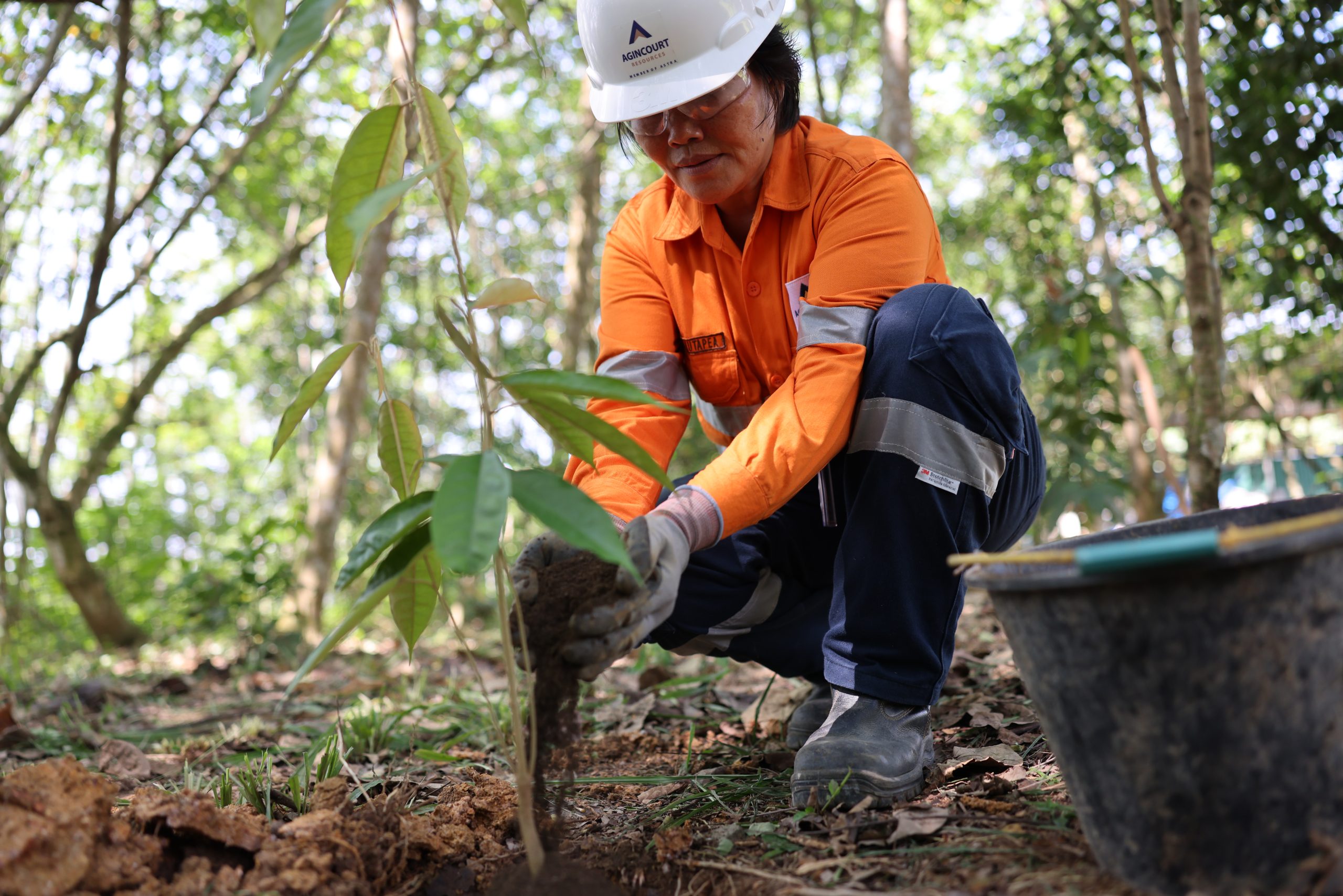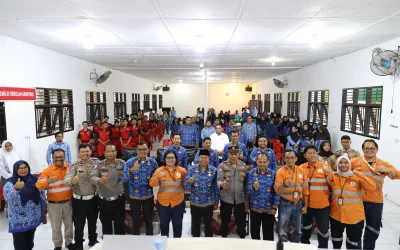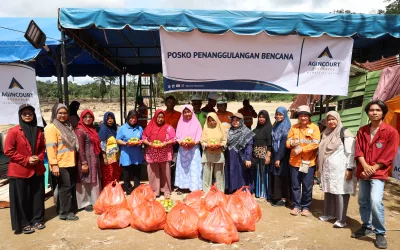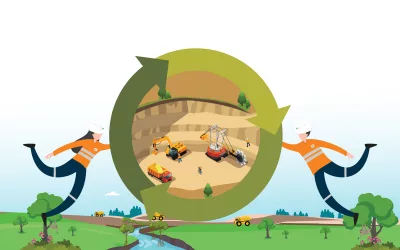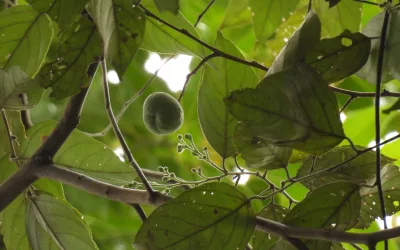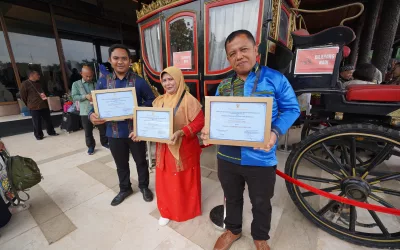As a natural resource management business, the mining industry in Indonesia needs and must follow rules regarding environmental preservation. Therefore, sustainable mining is a concept that mining today agrees with.
Awareness of environmental sustainability from mining business actors creates a concept called sustainable mining. An important objective of sustainable mining is to minimize adverse environmental and social impacts at all stages of mining operations, and to maximize the potential to improve the local community’s economy.
Environmental Aspects in Sustainable Mining
Referring to environmental aspects, the principles of sustainable mining help regulate mining operations in such a way so they are safe, do not pose a hazard to the environment and surrounding communities, both during and after operations.
The step towards sustainable mining in terms of environmental aspects is to restore the function of the land according to its designation, both forest and agriculture. Problems arise when post-mining designations cannot be reused to support the socio-economic welfare of the local community. Therefore, the obligation to reclaim post-mining land in Indonesia is also regulated in Government Regulation Number 78 of 2010 concerning Reclamation and Post-mining.
The ultimate goal of reclamation is to improve the post-mining land ecosystem by improving soil fertility and planting so that it can bring back animals and other microorganisms to enrich biodiversity.
Social Aspects in Sustainable Mining
The company needs to establish constructive relationships with all stakeholders around the operational area, including and especially with the community. Companies must be able to build relationships with the community through various media and encourage the maintenance of the local community’s customary laws. This is done through social, religious, cultural customs, and institutional formal approaches that are adapted to the conditions and the company’s strategies.
In addition, to create harmonious relations with the community, companies need to carry out community development programs, which are systematic efforts to encourage community groups to become self-sufficient, both economically, socially and in other individual aspects, as well as increase the institutional capacity of the community, including improving the governance and community and customary government socio-economic institutional facilities, through a three-party partnership between the company, local government, and the community.
Economic Aspects in Sustainable Mining
One of the main functions of sustainable mining is to help restore mining areas so that they provide benefits, especially land use to improve the people’s economy.
The development of economic sectors other than mining is part of efforts to create diversified businesses and diverse employment opportunities to encourage sustainable growth. This strategy is very important to ensure the community grows and releases dependence on the temporary mineral industry, especially in mineral-rich areas.
The potential utilization of ex-mining areas into forests, agriculture and tourism areas can be an alternative to boost the socioeconomic productivity of the surrounding community. Several community economic development programs in the company’s operational areas include increasing agricultural productivity by cultivating post-mining land for agriculture; creative economy training for micro, small and medium enterprises; as well as digitalization training for the community. With good management, it can be an added value and create new economic sources for the surrounding community after the mine is closed.
PT Agincourt Resources (PTAR), as the operator of the Martabe Gold Mine in South Tapanuli, North Sumatra, is committed to implementing sustainable mine management.
PTAR has taken a number of concrete actions to support sustainable mining. All operational areas at the Martabe Gold Mine have mine closure plans, and land rehabilitation processes are also carried out in accordance with rules and procedures approved by the Ministry of Energy and Mineral Resources (ESDM).
One of PTAR’s efforts is to plant more than 41,000 tree seedlings inside and outside the mine area from 2012 to 2021, which has the potential to produce 18 million kilograms of oxygen per year and is capable of absorbing around 1 million tons of carbon gas per year. In addition, in 2021 PTAR will carry out land reclamation of up to 36.22 hectares, covering operational areas and exploration areas. Plus more than 3,000 seedlings were planted in the rehabilitation area. This rehabilitation achievement surpasses the 2017-2021 PTAR Reclamation Plan approved by the Ministry of Energy and Mineral Resources.
On the social aspect, PTAR is determined to encourage community development in various aspects, including health and education. The Martabe Achievement Scholarship is one of them. Through this scholarship, students in South Tapanuli have the possibility to get opportunities and access to the best education which is later expected to improve the quality of people’s lives. PTAR has held the Martabe Gold Mine Scholarship Program for the sixth time. In total, since it was first held in 2017 to 2022, PTAR has disbursed Rp. 5.54 billion in funds for 1,255 beneficiaries, elementary to university level students from underprivileged families from South Tapanuli, North Sumatra. PTAR is also dedicated to providing employment opportunities for local people at the Martabe Gold Mine. From the beginning of the project, the company’s goal is to employ at least 70 per cent of the local population, who have access to training and opportunities for government certification in various skills, including operating equipment to help support local jobs. PTAR also focuses on developing local businesses, including developing new local business units and increasing the capacity of local suppliers.

